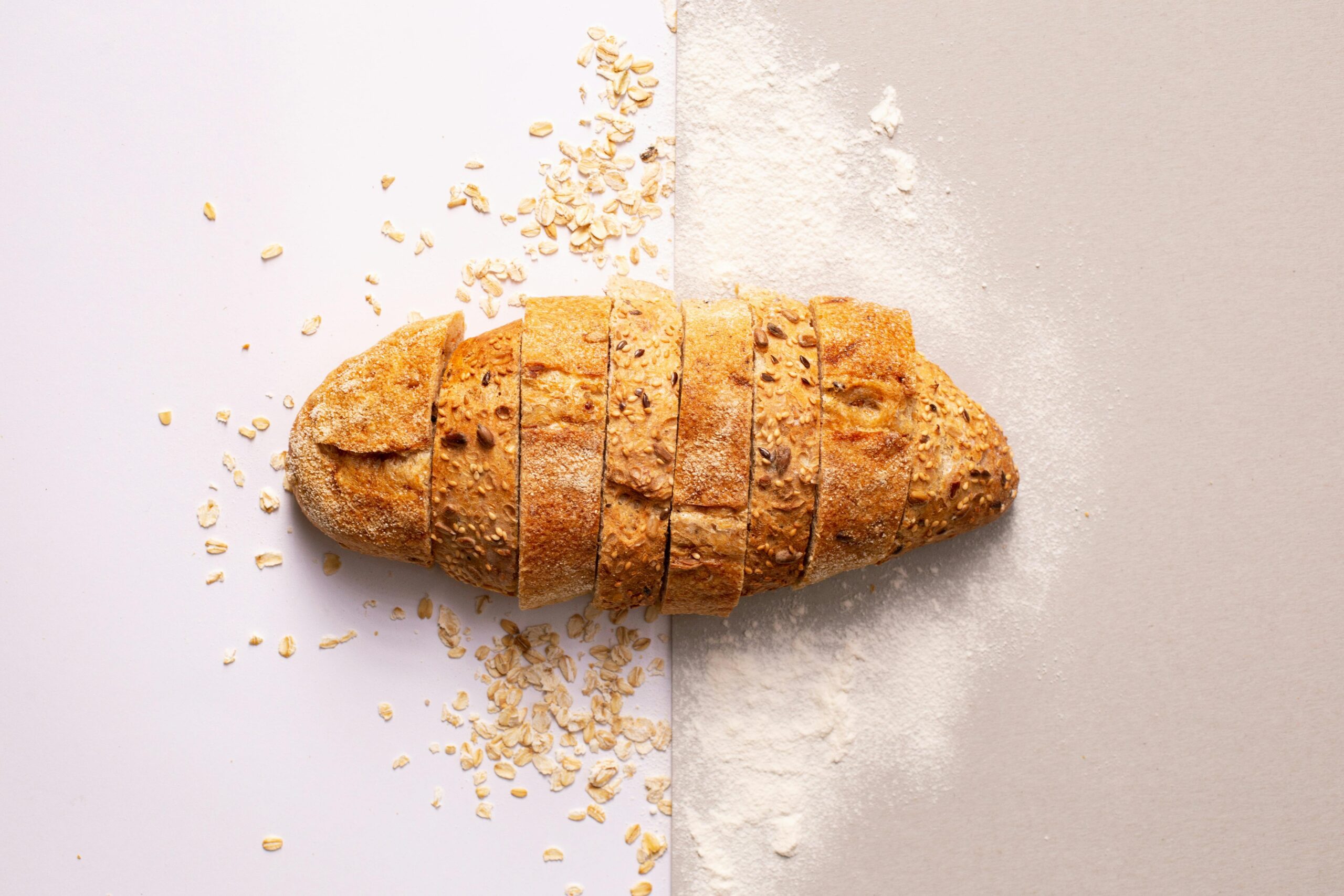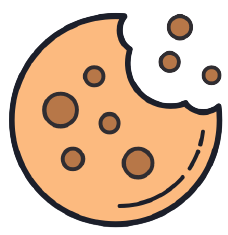- Bread is a staple food prepared from a yeast dough that is made from flour, yeast, sugar, salt and fat, and it is usually done by baking.
- Bread is one of the oldest human made foods.
- Bread is the first snack to be made by man.
- Bread making is as old as mankind.
- All other snacks making broke out from bread.
- The origin of bread is still unknown.
- Bread that is baked with baking powder is called Quick Bread.
- White bread was the preferred bread of the rich, before it was found that it has less nutritional value than dark bread.
- Bread is the most prominent and eaten snacks in the world.
- Bread became a staple food during the Neolithic around 10000 years ago.
- Germany has the largest consumption of bread per capital worldwide, followed by Chile.
- Bread is so long with human race and so important that many religions Incorporated bread in their rituals and traditions.
- Bread is mostly served as breakfast and sometimes as dinner.
- Flatbreads and fry bread are also known as bread..
- The “pocket” in pita bread is made by steam. The steam puffs up the dough and, as the bread cools and flattens, a pocket is left in the middle.
- In Russia, bread and salt are symbols of welcome.
- Bread is usually served as a snack, appetizer and bread course meal.
- Bread is low in fats, salt and calories.
- According to history, the earliest bread was made in or around 8000 BC in the Middle East, specifically Egypt. The quern was the first known grinding tool. Grain was crushed and the bakers produced what we now commonly recognize in its closest form as chapatis (India) or tortillas (Mexico).
- The first bread was made from roasted cereal grains and water, which was then made into “grain paste” that was then cooked.
- Bread can be used to make other snack recipes, such as sandwich, hamburger, French fries, toast bread, etc.
- Bread that is baked in loaf pan is called loaf bread.
- Bread is usually baked, but in some cuisine, breads can be steamed, fried, boiled, or roasted.
- Otto Frederick Rohweddder invented the first slice and wrap bread machine in 1928. He created a special machine for slicing loaves and coined the phrase “the best thing since sliced bread.”
- Additives are added to bread to improve flavor, texture, color, shelf life, nutrition, and ease of production.
- The yeast we use to make bread is an organism floating around in the air we breathe. Anyone can capture it easily.
- Bread goes stale 6x faster in the fridge than at room temperature.
- Before the Eraser was invented, people used soft bread crumbs to erase pencil marks.
- In France, by law a bakery has to make all the bread it sells from scratch in order to have the right to be called a bakery.
- The soft inner part of bread is called the Crumb, not to be confused with crumbs.
- Germany has the most diverse selection and production of bread in the world with 200 types of bread.
- A special rye bread traditionally made in Iceland, called Rugbrauo is steamed in traditional wooden casks buried into the ground near a hot spring. It’s a crustless, dark, and very dense bread.
- Wheat flour, yeast, sugar, salt and fat are the main ingredients used in making bread.
- Bread is used in Christianity as a symbol for the body of Christ, which is known as Holy Communion.
- The biggest loaf of bread ever was 1,571 kg. It was massive and was made by Joaquin Goncalves in Brazil. It became a Guinness world record on 13th November 2008 to celebrate Guinness world records day.
- The ancient Egyptians used moldy bread to treat infected cuts and wounds. The mold would produce chemicals which would stop the growth of bacteria.
- Bread is the most common baked item in the world.
- Bread is the first backed goods on earth.
- Around 2500 BC Egyptians has bread and may have learned how to make it from the Babylonians.
- Bread is the fifth most eaten food in the world.
- In America, bread that is used to make hamburger is called Buns.
- Gingerbread is not really a bread, but a cookie.
- Bread become sweeter the longer you chew as your saliva starts to break down starch into sugars.
This website uses cookies. to enhance your browsing experience, serve personalized ads or content, and analyze our traffic. By clicking “Accept & Close”, you consent to our use of cookies. Read our Privacy Policy to learn more.





